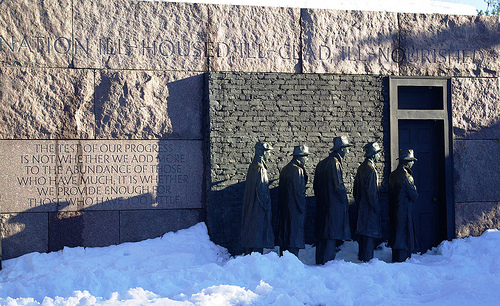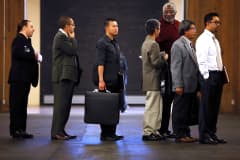Aside from his lies about Obamacare and global warming, Barack Obama’s biggest lies are about the “growing” recovery of employment in America. All of what he says is a lie.
Here are the facts to counter Democrat lies.
There are 102 million Americans of working age who don’t have a job. This number represents 58.3% of working age Americans, the highest percentage since 2000. This means that for fifty straight months, there has been sub 59% participation in the job market.
Last month alone, America lost 623,000 full-time jobs. How does that stack up with what the Obama administration tells us?
In the same month, 357,000 women lost their job. More lies.
The average duration of unemployment is almost three times as long today as it was in October 2000.
In October of 2013 alone, the number of Americans falling out of the labor force hit 932,000. Think of that: almost a million people’s lives and futures disappeared in a single month.
The 62.8% of people who fell out of the work force in October puts us at the highest level since Jimmy Carter’s numbers in 1978. How can we accept this lie? How can the media keep ignoring this point?
An honest evaluation of the unemployment statistics would put the number of jobless Americans near 11 percent.
Almost 25% of American workers can only find part time work, which keeps them below the poverty level.
In 2000, there were 75 million Americans who could be working but weren’t. Today, there are 102 million. That’s roughly 1/3 of America. We are being lied to by the media and Barack Obama.
Remember these numbers the next time you hear Obama tell you he will not rest until anybody who’s looking for a job can find one.






